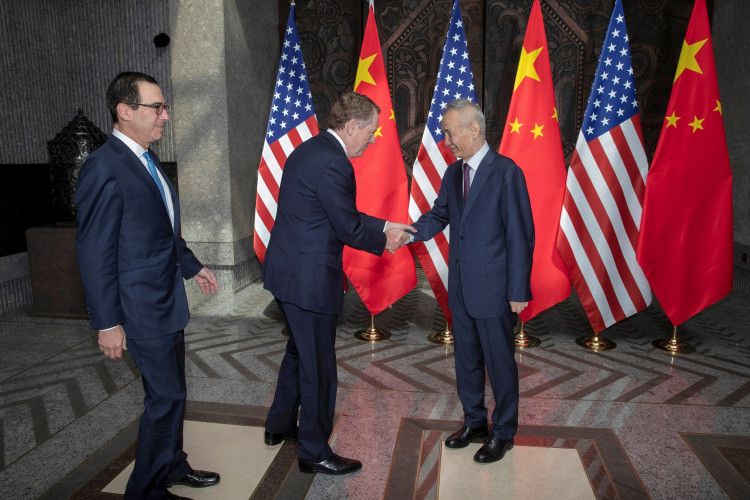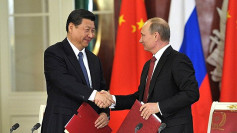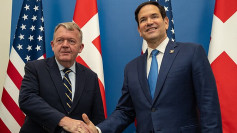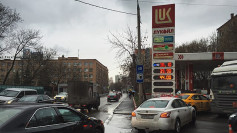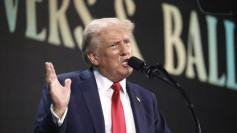There will be no China-U.S. trade deal before the 2020 presidential election because any chance of this occurring was sabotaged by President Donald Trump, who announced a new10% tariff on Chinese goods effective Sept. 1, asserts Goldman Sachs. Trump's declaring China a currency manipulator Monday only made things worse.
In a palpably gloomy note to investors, Goldman asserts "a trade deal now looks far off."
It noted reports that Chinese policymakers seem more and more inclined not to make major concessions, and are instead content to wait until after the 2020 U.S. presidential election to end Trump's trade war.
Trump's new 10 percent levy he announced July 31 also weighed heavily on Goldman's downbeat assessment.
"While we had previously assumed that President Trump would see making a deal as more advantageous to his 2020 re-election prospects, we are now less confident that this is his view," said Goldman Sachs analysts led by Chief Economist Jan Hatzius.
Goldman said China's decision to halt purchases of U.S. agricultural goods and its decision to allow the yuan to breach the psychologically important level of RMB1.00 to $1.00 "added up to a swift and meaningful response" to Trump's latest tariff threat.
Goldman Sachs also updated their interest rate forecasts for the Fed over the next few months.
Investors see an almost 40 percent chance the Fed will lower borrowing costs by half-a-percentage-point in September, up from less than 2 percent on Friday and 30 percent earlier Monday.
Goldman Sachs said the Fed had been "increasingly responsive" to trade war threats and global growth concerns.
"In light of growing trade policy risks, market expectations for much deeper rate cuts, and an increase in global risk related to the possibility of a no-deal Brexit, we now expect a third 25bp (basis point) rate cut in October, for a total of 75bp of cuts," said Hatzius.
Goldman Sachs also said there was a 75 percent chance of a quarter-point rate cut in September; a 15 percent chance of a 50 basis point cut and a 10 percent chance of no cut. In October, they forecast a 50 percent likelihood of a 25 basis point cut; a 10 percent chance of a 50 basis point cut and a 40 percent chance of no cut.
"By the December meeting, we think inflation numbers running at roughly 2 percent will lead the Fed to stop cutting," estimates Goldman Sachs.
